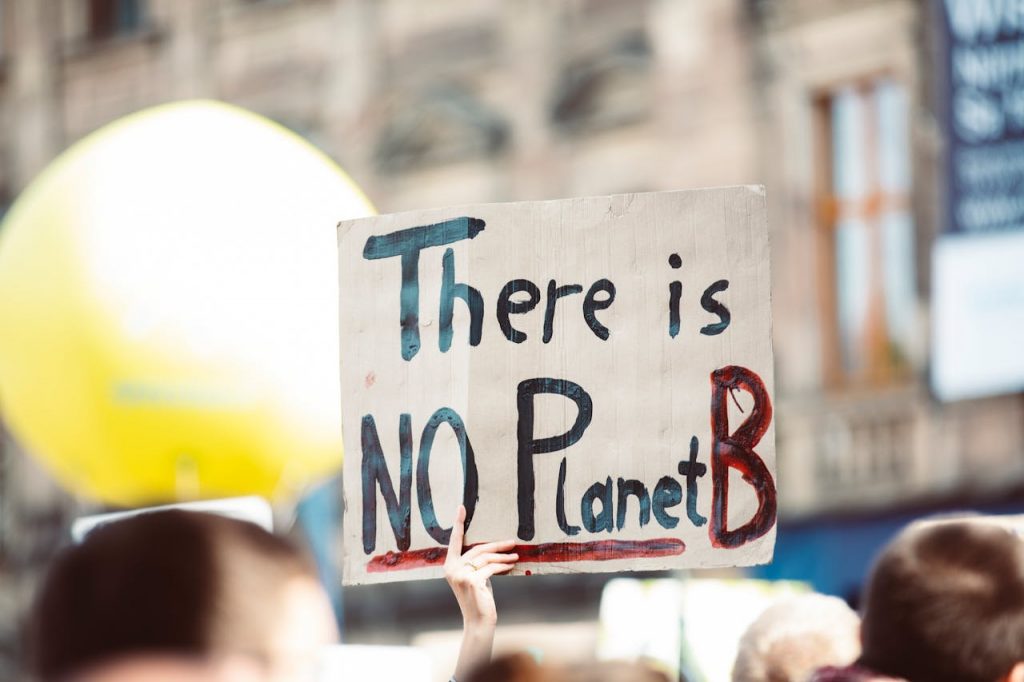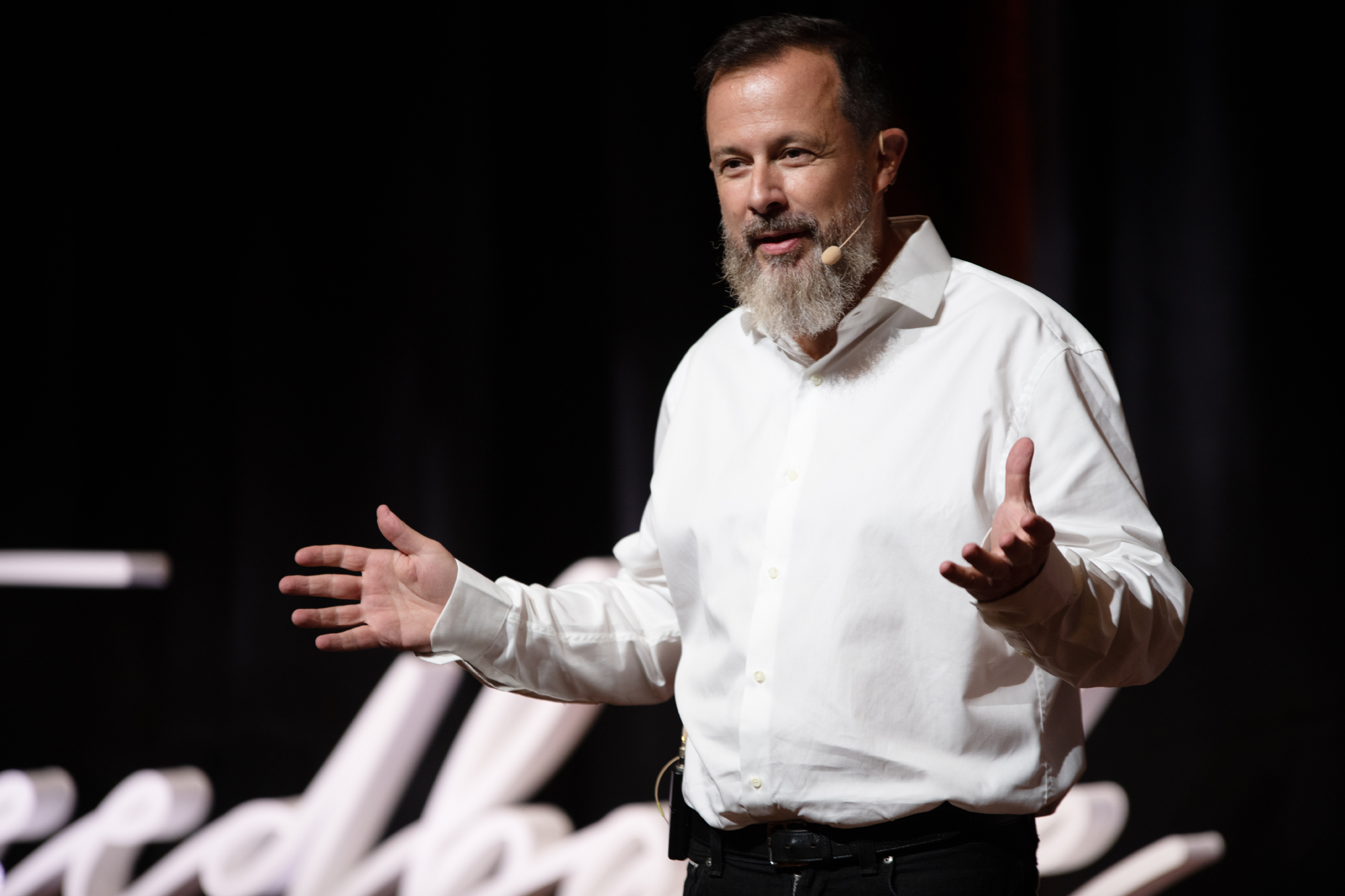The program Vecteur H, dedicated to the human resources sector and hosted by Émilie Pelletier ( consultant at HRM Group), focused on the issue of recognition at work. Here are the highlights.
The guest for the occasion is an expert on the subject. Christophe Laval, a former business leader, is an author, consultant and president of VPHR Quebec, a firm that has specialized in recognition issues for 13 years.
First question: What do we mean by a culture of recognition? Christophe Laval readily admits that there are as many definitions as there are people! The important thing, for him, is to make it a concept that allows us to take action. Indeed, how can we interpret the results of a survey that asks employees if they feel they are recognized for their true worth?
With Laval University professor Jean-Pierre Brun, he discerns four forms of recognition:
- Existential recognition
It is a question of recognizing the other as a person, as an individual in his own right who has the right to respect and politeness. This can be done by simply saying “hello” or “thank you”. This is in fact the basis for all other forms.
- Recognition in the work practice
In this case, it is a question of appreciating the expertise, both technical and behavioral, and the quality of the work.
- Recognition of investment in the work
This is the poor relation of organizations, yet it is what will enable the achievement of results”, says Christophe Laval.
Here, it is a matter of recognizing the efforts and energy that the individual puts into his work or a task, even if the results are not there.
- Recognition of results
On the other hand, this notion is much more common and better understood in companies. It is even sometimes the only form of recognition that exists!
360° recognition
Once the theoretical foundations have been laid, Christophe Laval sweeps away another prejudice on the subject: recognition is only for managers. No, according to him, it must be done at all levels. There is therefore :
- Top-down recognition: from managers to employees
- Upward recognition: from the team to the manager
Managers find it easier to show recognition to their teams when they also receive it,” notes Christophe Laval.
- Circulating recognition: that is, between colleagues. This is very much in demand, especially by the younger generations.
- External recognition: from customers or partners
How do you go about it?
Now let’s put it into practice by addressing some key concepts.
- Gratitude VS consideration
According to Christophe Laval, the mistake that is often made is to confuse recognition with gratitude.
Of course, we need gratitude, but what people want is above all consideration! They don’t just want to be thanked.
Specifically: to be able to participate in major projects, to understand where the company is going, to have a role in managing change, or to have their expectations and concerns taken into consideration.
- The importance of authenticity
This is one of the most important words when talking about recognition, according to the author. For him, recognition without sincerity is called manipulation! And this opens the door to a boomerang effect: if the employee realizes this, it will create frustration… and this will be even worse than not giving him any recognition at all!
According to Christophe Laval, everyone needs recognition. To varying degrees, but over time, indifference is not possible. However, showing recognition is not something that is innate. That is the difficulty!
- Monetary VS non-monetary
We need both! With the issue of inflation and labor shortages, organizations will face problems if they do not provide adequate monetary recognition. But they must not be satisfied with that! This includes moments of conviviality or the possibility of being in co-construction groups.
To begin with, the former manager recommends conducting a mapping exercise to identify the presence (or not) of the four forms of recognition. Then to measure the brakes and obstacles in order to see what can be put in place to remove them.
According to him, the benefits will be there: reduced turnover and absenteeism, increased productivity and motivation, improved mental health…
One last point to keep in mind: to recognize, you have to know. In other words, everyone has their own expectations in terms of recognition and to be effective, you must adapt your recognition to what will most affect the person you are talking to.




